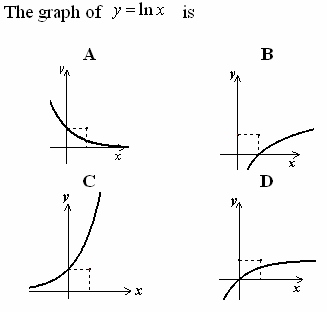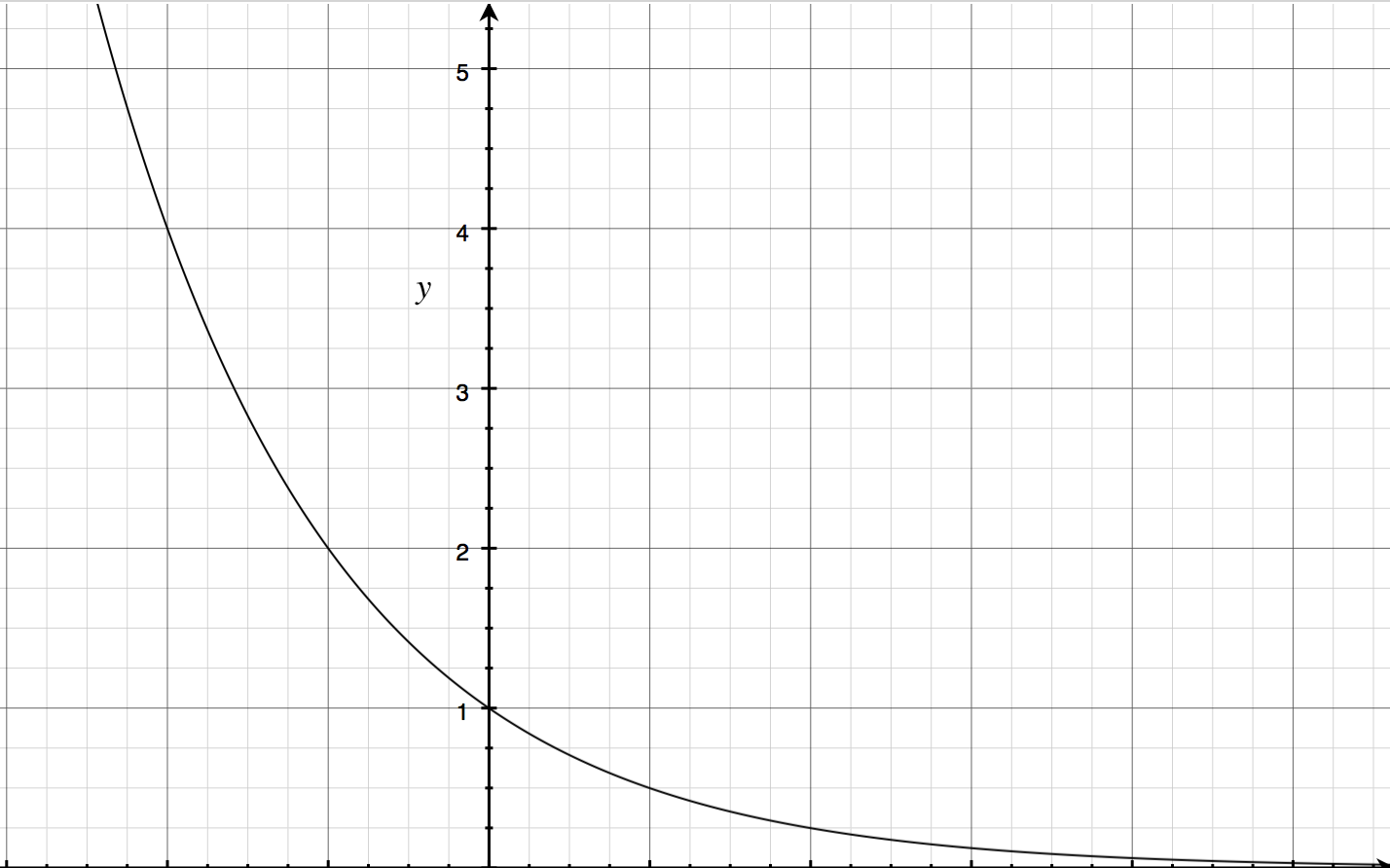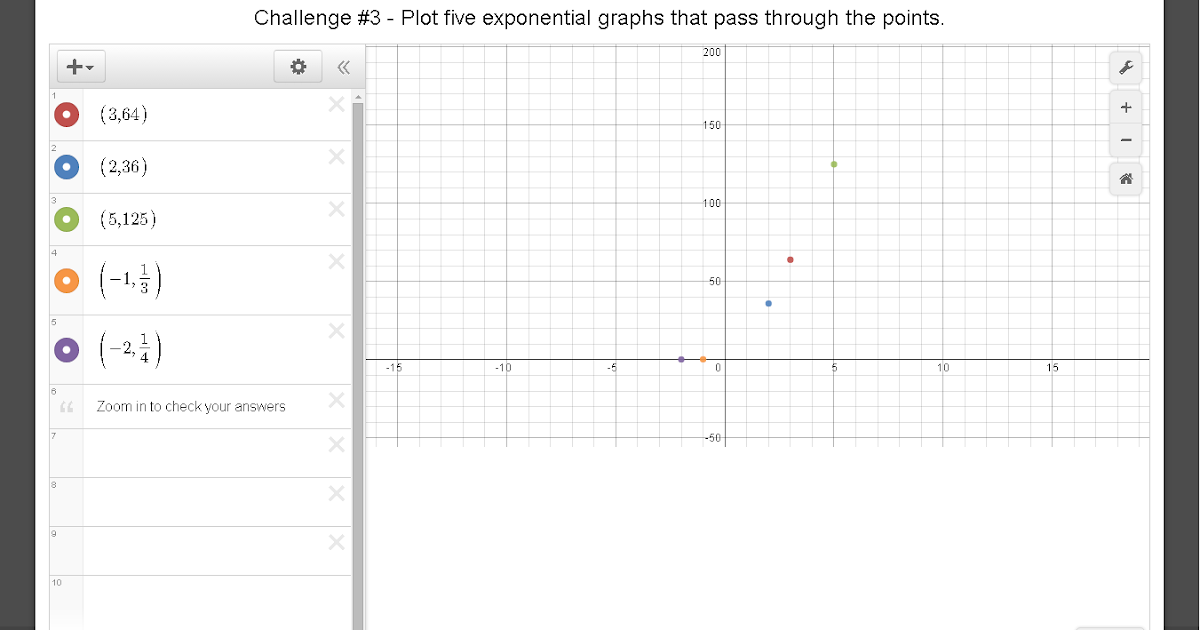

They'll also learn how to construct the exponential equation itself. They'll learn to examine successive terms in a sequence to determine if it represents an exponential relationship or not. In this activity, students will develop their understanding of the exponential relationship that describes a bouncing tennis ball. Students also interpret the parameters of their equation in context. Students then use that model to make predictions about past and future ticket prices.
#Exponential graph builder movie#
In this activity, students build a model to describe the relationship between average US movie ticket price and time. They will then use their knowledge of transforming exponential functions to pair equations with graphs. In this activity, students practice what they've learned about exponential functions by matching equations to properties of the graphs they will produce. Students will test their ideas by launching the marbles, and have a chance to revise before trying the next challenge. In this delightful and challenging activity, students will transform exponential functions so that the marbles go through the stars. Later, students explore connections between graphs, tables, and equations of linear and exponential functions. In this activity, students predict "what comes next" for linear and exponential functions, based first on graphs and then on tables of values. Then ask them to play several more games, putting that precise language to work. After most students have played 2-3 games, consider taking a short break to discuss strategy, highlight effective questions, and encourage students in their use of increasingly precise academic language.

In the early rounds of the game, students may notice graph features from the list above, even though they may not use those words to describe them. Key vocabulary that may appear in student questions includes: increasing, decreasing, intercept, rate, asymptote, and curve.

This Custom Polygraph is designed to spark vocabulary-rich conversations about exponentials, including how they differ from linear functions. With that in mind, it makes a great first activity in an exponential functions unit. This activity is appropriate for students who have studied linear functions but may not have an experience with exponential growth. One plan increases by $100 each day, while another grows by doubling the previous day's payment. In this twist on a classic activity, students compare linear and exponential growth in the context of daily payments. The activities that apply directly to this section are listed below: The functions bundle contains a large collection of activities that are appropriate for this section. In the process, students learn that not all rapid growth is exponential growth, and that another function type (logistic) may provide a better fit when finite resources come into play. Students will also interpret the features of the graph in context. Students then use that model to make predictions about the number of locations in 2015 and beyond. N this activity, students build a model to describe the relationship between the number of Starbucks locations in the United States and the number of years since 1992. Key vocabulary that may appear in student questions includes: exponential, asymptote, logarithmic, and quadrant. This Custom Polygraph is designed to spark vocabulary-rich conversations about exponential and logarithmic functions. Polygraph: Exponential & Logarithmic Functions

For more on how educators can integrate the Desmos activities into their class please click here to link to the Desmos teacher support site:īelow is a short explanation of the Desmos activates linked. These can be easily copied, remixed, or compiled into activities for teachers to customize to their class and objectives. The links below will direct to pre-built Desmos activities.


 0 kommentar(er)
0 kommentar(er)
